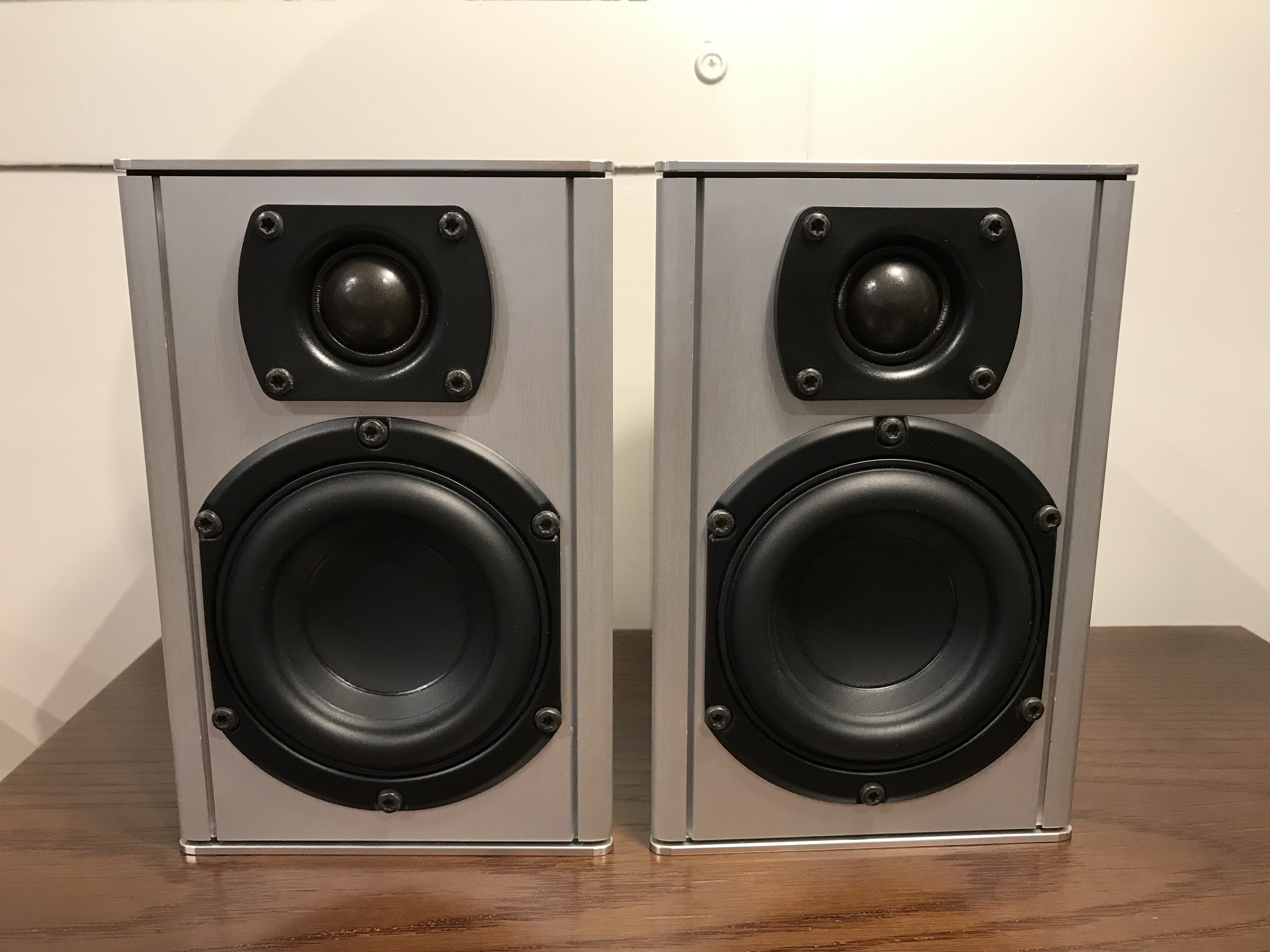

(Optional) Remove unnecessary virtual sinks. Now that everything in the middle is a device, each arrow in the middle represents a valid loopback, and you have a solution ready to implement. In our problem, we added three virtual sinks: In our problem, we had a microphone and headphone that were both devices:įor each non-device, add a virtual sink to replace it. To check which things are devices, you can find them in pactl list and see if they have any properties named device. Simply circling all your inputs and outputs that are real hardware devices is enough. This means to list vertically all your inputs on the left and your outputs on the right, and then draw arrows between them indicating which should go where.

This coincides with the idea of a microphone being an "input device" and a speaker being an "output device". So an "input" will be a stream-producing entity, and an "output" will be a stream-accepting entity. In this post, I'll talk about everything from the perspective of the inner workings, particularly the loopbacks. A loopback has exactly one input and one output, but a device may have as many loopbacks going in and out of it as desired. To connect two devices together, a loopback must be used. To connect two non-devices together, a virtual sink must be used. Pulseaudio by default connects each non-device to exactly one device. (So this post will have a few of them.) The Terms Devicesĭevices are physical audio hardware like microphones, headphones, and speakers.
#TS3 AUDIO LOOPBACK HOW TO#
(So this post will have plenty of them, and how to make them.) We also wanted some well-defined terms. Particularly, we really, really wanted some diagrams. (A diagram is in the first step of The Solution.)Īfter reading over this StackExchange post and messing with various loopback configurations, we were thoroughly confused about what to do and how to do it. So, we want to have the Hangout accept both Eric's microphone and The Dig's audio to send to Joe, while the Hangout's audio and The Dig's audio should go to Eric's headphones. Eric wants to hear what Joe says and the game sounds, while Joe wants to hear what Eric says and the game sounds. The ProblemĮric has the game on his Linux computer. Here's how we got the audio to broadcast from a Linux machine, with extra explanation for the general solution. My brother and I have started playing a point-and-click adventure ( The Dig) together over Google Hangouts.


 0 kommentar(er)
0 kommentar(er)
